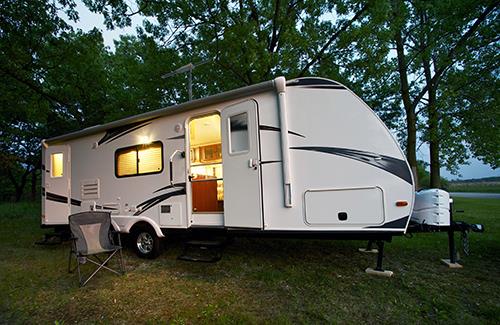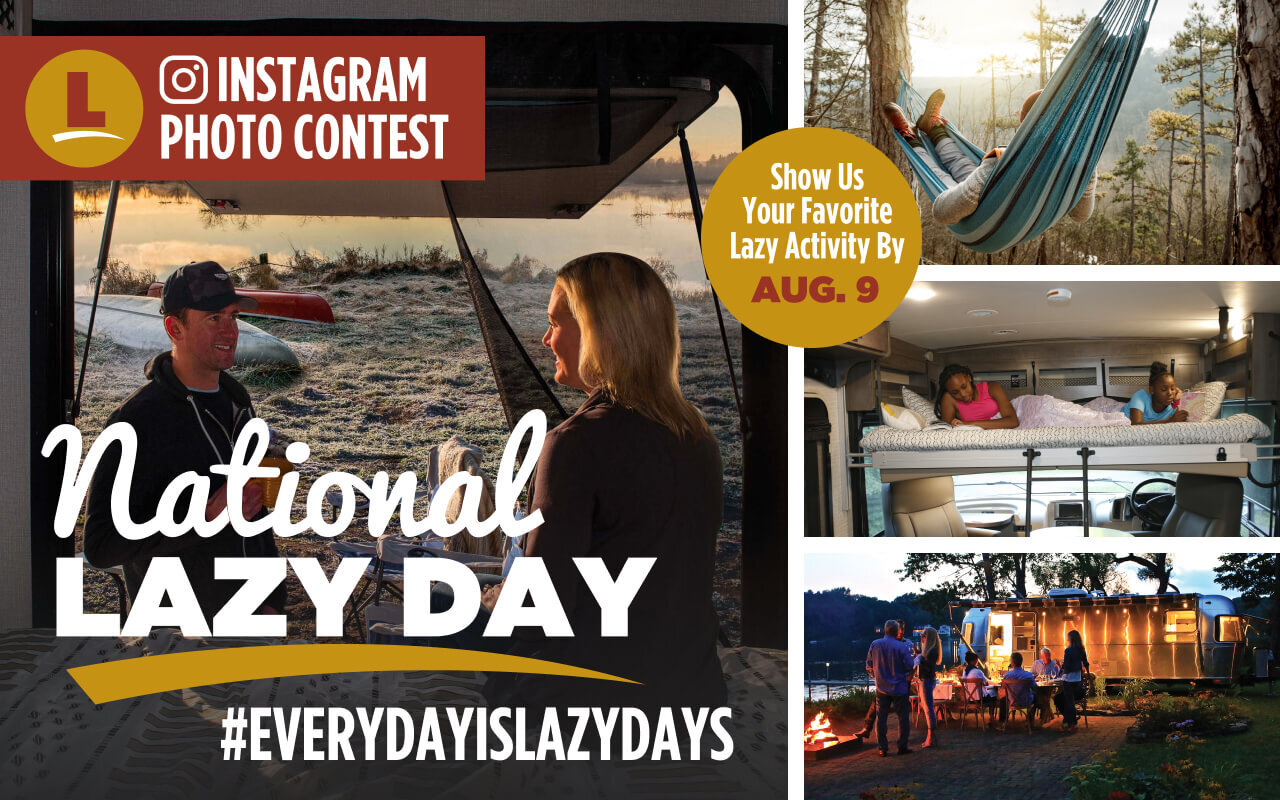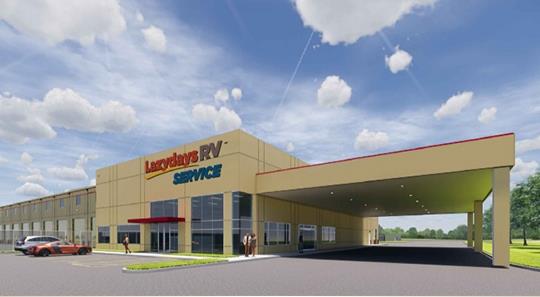
Enjoying Solitude From the Comfort of Your Motorhome
Rewritten by Joseph Garnett, Jr. - From the Archives
November 5, 2015

Where can you boondock?
Nationwide, there are 199million acres of public lands with 4,300 campgrounds managed by the U.S. Forest Service (FS). Not all these campgrounds accommodate RVs, but of those that do, most are in scenic, forested areas with widely spaced campsites, usually with lots greenery around them – though few have hookups. These are called primitive campgrounds, and you will pa much lower fee than at full service RV resorts and campgrounds with hookups. Many of these campsites are so aesthetically appealing and private that you may not want to look any farther.
However – and this the key to the heart of true boondocking – you are permitted to camp anywhere in a national forest unless expressly prohibited by signs or fencing. These campsites are called “disperse,” but you will find little mention of them in printed or online information. Some are popular, large designated camping areas where you might have neighbors within sight, but others are single campsites you have to find yourself. Ask about dispersed camping at ranger offices, go online to boondocking forums and blogs, or ask other RVers where to find dispersed campsites – they might even tell you their favorite secret sites.
Other possibilities for boondocking (dispersed camping) on federal lands include national recreation areas (managed by the National Park Service), U.S. Army Corps of Engineers properties, some national wildlife refuges (except during hunting season), and Bureau of Reclamation sites (mostly near lakes and reservoirs). You can also find primitive (no hook-ups) campsites in national parks and monuments, though most do not permit dispersed camping.
State parks and forests, fish and wildlife areas, and regional, county, and utility districts frequently have primitive campgrounds and dispersed camping. Public Information Specialist Lorna Radcliff of the Florida Department of Recreation says, “We have 35 state forests across the state that offer space, solitude, and self-reliance. You have a vast source of areas to boondock in some of Florida’s most natural areas.”
Florida state forests such as Lake Talquin allow lakeside camping in developed campgrounds and at dispersed boondocking sites with amenities like small boat launches, hiking trails and bird and wildlife watching.
How to Find Primitive Boondocking Campsites
The easiest way to find a federal government campground is through their reservation site. Most FS campgrounds and no-dispersed camping areas take reservations, but if you are not familiar with the area, reserve a campsite for your first one or tow nights or head for a first-come-first-serve campground early in the day.

Search online for the FS recreation page or forest camping to find forests in the state in which you are traveling and for further information.
Spend a day or two exploring the area (visit the forest service office for forest road and campground location maps), and when you find a suitable boondocking site, retrieve your rig and head to your new site.
Save the coordinates on your GPS or record accurate directions in your campground guide or notebook. Your might also want to save or record other suitable site your find but do not camp at. With this information, the next time you visit the area you can head directly for your newly discovered campsite.
Come Visit Lazydays
Once you have had your fun and have reconnected with nature in the national parks and forests around the country and you feel the urge to visit a regular campground, please remember to visit our Lazydays Tampa and Tucson resorts. Both resorts offer quality camping experiences that will allow you to more easily transition back into your normal lifestyle. For seasonal and full-timers, our resorts will place you closer to other parks, theaters and cities you may find interesting to visit. While visiting our Tampa resort, you can also stroll over to our sales lot and peruse our vast inventory of over 1,400 RV’s and motorhomes. You may even find one that will make your next boondocking experience more enjoyable.
Share Your Experiences With Us
The RV Authority welcomes your input. If you have an idea for a blog article or would like to write and submit an article about your RV adventures, please click here to email us your suggestions or questions.



